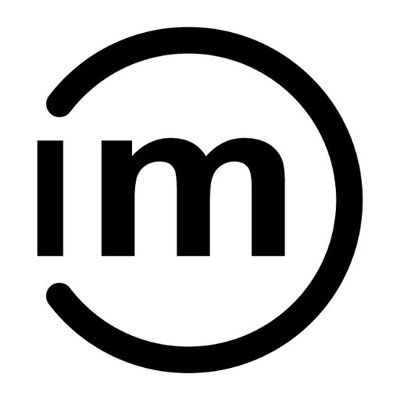If you stop to consider, it is a daunting task to describe what a library, or any resource, will be like over a 100- year span of time. An activity I have done in my undergraduate classes the past several years is to have the students, who are enrolled in teacher preparation programs, to consider for what year they are preparing their students. Like many things in my life this activity is based upon an idea that my wife, Marcia, developed which in turn was based upon a concept put forth by Heidi Hayes Jacobs in her book Curriculum 21: Essential Education for a Changing World.
In the activity, I start by asking my teacher candidates the year they expect to graduate. For my current students, the answer is typically 2018. Then I ask the teacher candidates when they expect to be hired for their first teaching position. Again, the typical response is 2018. Next, I have to make some assumptions. Since I often have taught students seeking licenses in either secondary (5-12) content areas, like math, language arts, sciences, or K-12 content areas like art, physical education, special education, I tell them that for the sake of this activity, their first teaching position is at the seventh grade level. Based upon this assumption, we continue with determining when those seventh grade students were born. A likely response is 2005. Next, we determine when these students will graduate from high school: 2023. We continue on to college graduation, and assuming four years for a degree, the response is 2027. Finally, I ask my students how long these students are likely to live. Again, we have to assume some things, but a conservative number, according to the Social Security Administration, is 87 years. This means that the seventh graders in my teacher candidates’ first year of teaching will likely live until the year 2092. I often get some stunned silence at this point. But, because I can’t leave it there, I remind them that we are talking about students they will be teaching in their very first year as a teacher. With any luck my candidates will have a teaching career of at least 35 years or more. I try to point out that their job as a teacher is to prepare their students to be successful people throughout their life and they have to accomplish this task with the knowledge and resources available to them in 2017 and 2018. So, when we are talking about the 21st Century library and the 21st Century world, we need to keep in mind that we are not far from making decisions that will impact people who will live into the 22nd Century.
On a more personal note, this is my last column as Chair of the Information Media Department. My wife, Marcia and I, along with Jeanne Anderson, are retiring at the end of this semester. This is my 28th year, Jeanne’s 26th, and Marcia’s 11th as full time faculty members. Just as I am not sure what the 21st Century library should look like and have for resources, I am unsure what the future of the Information Media Department is. Because of university budgetary issues, our three retirements are being replaced by a single faculty member. Our programs, particularly those leading to licensure as a library media specialist are strong and will continue, but the configuration of the department is likely to change. Stay tuned.
I would like to say a very heart felt “thank you” to all of the students and colleagues that have taught me so much over the past 28 years. It has been a wonderful experience. I now challenge you to determine what the 21st and 22nd Century library and world will be like. It is up to you to prepare your students, trainees, co-workers, family, friends, and others for that life. It is our responsibility as a human population to seek and gather information, from that information determine which are facts, decide which of those facts are most relevant to a given situation, and finally make decisions based upon those relevant facts. Good luck to us all

